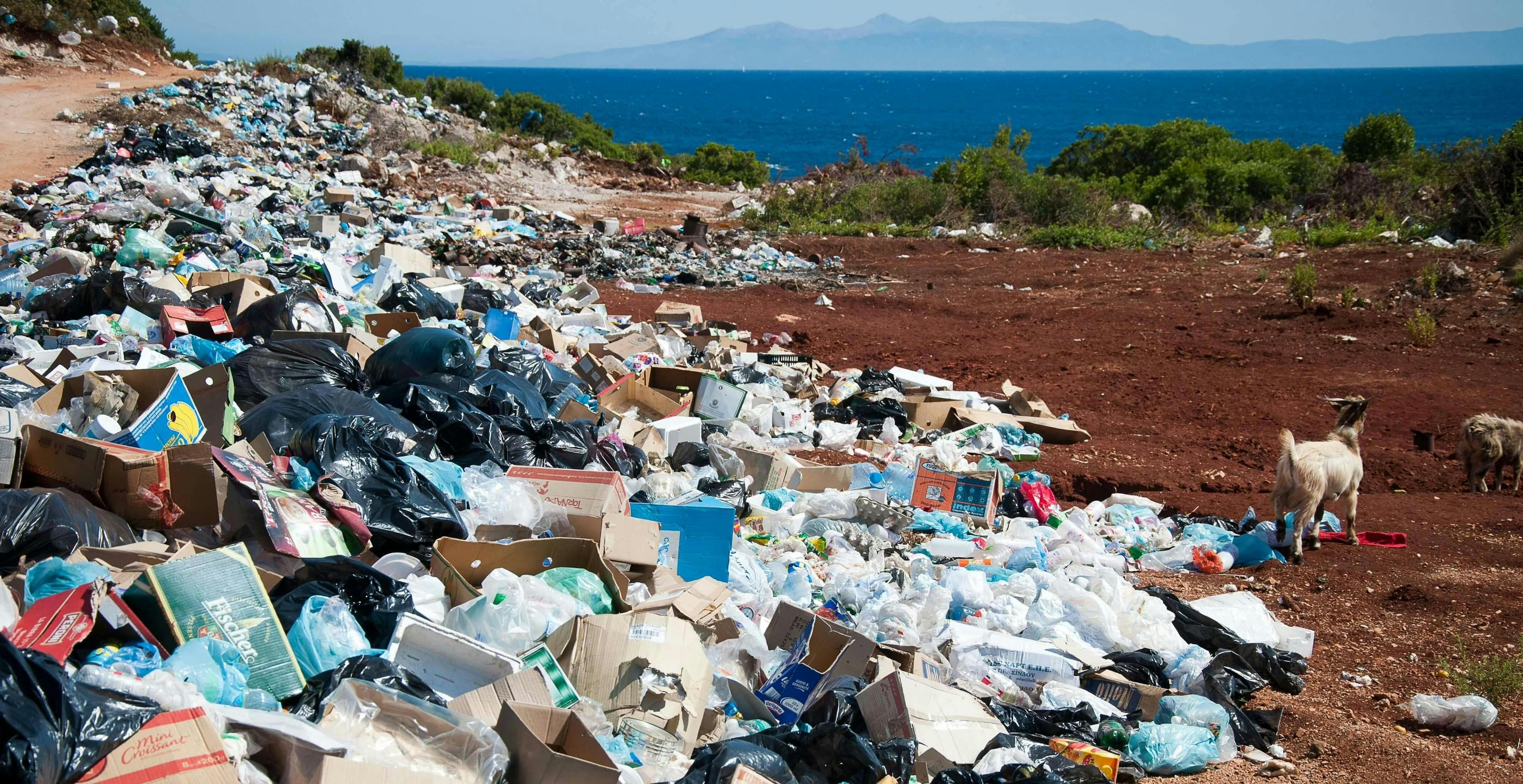

We’re living in the midst of a climate emergency. There’s no denying that.
But, it’s not all bad.
It doesn’t always feel like it amidst the constant drum of climate doom articles, but there are good news stories to share about the environment too. Huge breakthroughs are being made on climate solutions of all kinds, and although there’s still a long way to go, we want to celebrate those success stories every step of the way.
With that said, here are our top 7 positive news stories about the environment this year so far.
1. Lots of investment has been funnelling into carbon removal startups
To meet the key climate target of net zero emissions by 2050, we need to see a lot more funding injected into carbon offset projects, particularly innovative carbon removal projects.
Already this year we’re seeing plenty of venture capital investment into early stage carbon removal start ups, including:
- Heirloom Carbon: $53 million raised to develop their low cost Direct Air Capture (DAC) using widely available limestone.
- Planetary Technologies: $7.8 million raised to develop their technology to remove carbon and store it securely in oceans.
Plus, we’re seeing more and more companies contributing revenue to carbon removal projects as well as investors:
- Stripe, Alphabet, Shopify, Meta, and McKinsey have joined forces to launch Frontier, an advanced market commitment (AMC) of $925 million over the next nine years to purchase permanent carbon removal from suppliers building promising new solutions – this has the potential to be game-changing for the development of permanent carbon removal technologies.
- Airbus bought 400,000 carbon credits from Direct Air Capture project Carbon Engineering, making it the biggest carbon removal purchase ever.
- Shopify announced the next round of their Sustainability Fund, committing $13.5 million to trailblazing carbon removal projects such as Noya (Direct Air Capture) and Carbin Minerals (mineralisation).
- The XPrize competition awarded $1 million to 15 carbon removal companies, to continue developing their technologies.
And let’s not forget our own funding raise as we raised $4 million for Lune, to enable more companies to contribute to carbon removal projects by making it easy to integrate into their existing products and services.
2. A major breakthrough was made on nuclear fusion
Nuclear fusion is a reaction where two (or more) small, light atomic nuclei fuse together under high temperature and pressure to form one large, heavy nuclei – resulting in the release of large amounts of energy. If it can be successfully harnessed, it holds the potential to offer virtually limitless supplies of low carbon energy, which would be huge for phasing out fossil fuels.
Earlier this year the UK-based JET laboratory smashed their own world record for the amount of energy produced by fusing together two forms of hydrogen in what they call a ‘major breakthrough’, producing 11 megawatts of power in just 5 seconds.
3. The UN are drawing up a global treaty to address plastic pollution
The UN have begun talks to draw up a legally binding global plastics treaty to launch by 2024. It will address plastic waste by casting a critical eye over the whole lifecycle of the material, setting rules for the production, use, and disposal of plastics.
We don’t know much about what the rules will be so far, but the UN has called the treaty ‘the most significant green deal since the 2015 Paris climate agreement’.

4. The latest IPCC report was released – and there is still hope to be had
The latest IPCC report does make for somewhat difficult reading on the state of the climate emergency, focusing on climate impacts. At the same time, though, this makes it a clear and stark warning to politicians that we need more action right now. Given the influence that the IPCC holds politically, this could be the push we need.
The report also reiterates the good news, which is that we do have the solutions and adaptation practices we need to mitigate climate change, and so it isn’t too late to act to minimise and adapt to climate impacts. These solutions just need sufficient funding now so that they can be developed, scaled, and implemented quickly and effectively.
5. A new 'natural history' GCSE puts climate change on the curriculum
The UK Department for Education has backed a proposal by exam board OCR to introduce a GCSE in Natural History by 2025, which will focus on local wildlife, the environment and the ecosystem to "critical global challenges such as climate change, biodiversity and sustainability". The details on what will be taught are yet to be revealed, but the idea of bringing the environment and climate change into the GCSE curriculum is a brilliant one.
6. Research suggests that we’re taking climate more seriously in the workplace
There have been a few pieces of research released already in 2022 which indicate that both employers and employees are taking climate change seriously in a work environment, which is great news given the key role that businesses play in responding to climate change.
For instance, Barclays report ‘Reshaping Retail’ focuses on how sustainability and ethics are changing the retail world, including that 1 in 5 retailers are cancelling contracts with suppliers over environmental concerns.
On the employee side of things, research by Robert Half found that 38% of employees would leave a role if they felt a company wasn’t doing enough on climate change, with this figure rising sharply to 47% in younger workers aged 18-34.
We’re seeing this play out with ‘the great resignation’ of 2021-22, which we think has a lot to do with workers seeking more purposeful work – and hopefully we’ll see more and more businesses incorporating purpose and sustainability into the core of what they do in response.
7. Beavers are back in London!
Beavers are a powerful animal to have in a wetland habitat. They fell trees and build natural dams to make the environment suit their living needs. In doing this, they provide valuable habitats for other wildlife and so promote biodiversity and support the ecosystem as a whole.
At the same time, their dams mean that water is slowed and stored in different parts of a river which significantly reduces the risk of flooding downstream. Because of this, having beavers in a river environment could be hugely beneficial in addressing increased flooding due to climate change. And beavers have been reintroduced to London’s river system with the hopes of doing just that. They were unfortunately hunted to extinction in the 16th century, so this is the first time that beavers have been in London in over 500 years.

Readers also liked
Readers also liked

Subscribe for emissions intelligence insights
Get the latest updates in the world of carbon tracking, accounting, reporting, and offsetting direct to your inbox.


